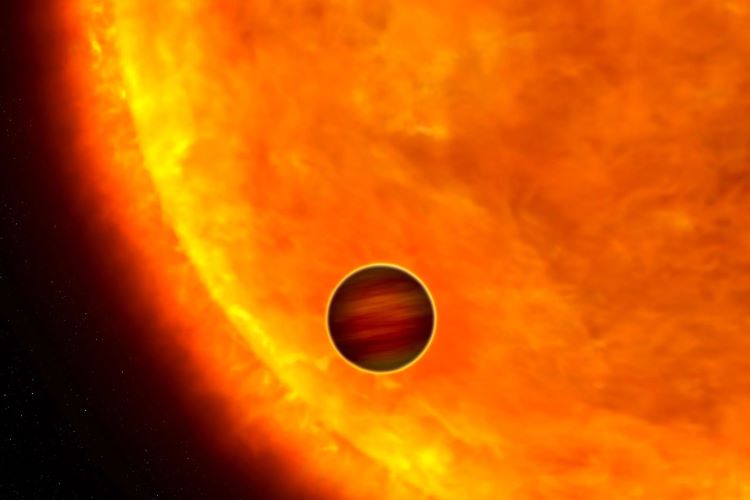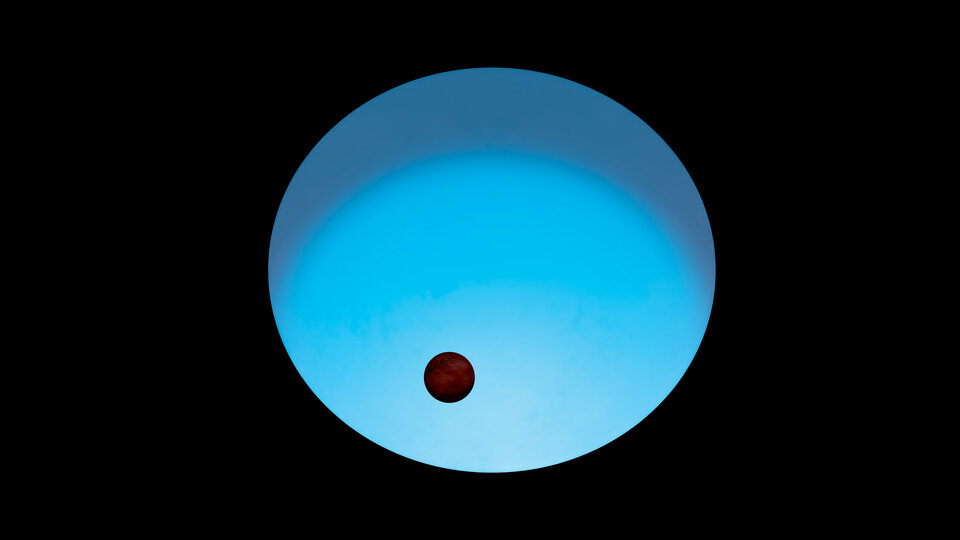Ultra-hot Jupiters (UHJs) are some of the most fascinating astronomical objects in the cosmos, classified as having orbital periods of less than approximately 3 days with dayside temperatures exceeding 1,930 degrees Celsius (3,500 degrees Fahrenheit), as most are tidally locked with their parent stars. But will these extremely close orbits result in orbital decay for UHJs eventually doom them to being swallowed by their star, or can some orbit for the long term without worry? This is what a recent study accepted to the Planetary Science Journal hopes to address as a team of international researchers investigated potential orbital decays for several UHJs, which holds the potential to not only help astronomers better understand UHJs but also the formation and evolution of exoplanets, overall.
Continue reading “Maybe Ultra-Hot Jupiters Aren’t So Doomed After All”Cheops Finds a World That’s Utterly Alien From Anything We Have in the Solar System
The ESA’s CHEOPS (Characterizing Exoplanets Satellite) mission has announced its first discovery. It’s called WASP-189 b, and it’s a blistering hot temperature of 3,200 °C (5,790 °F), hotter than some stars. They’re calling the planet an “ultra-hot Jupiter.”
Continue reading “Cheops Finds a World That’s Utterly Alien From Anything We Have in the Solar System”

